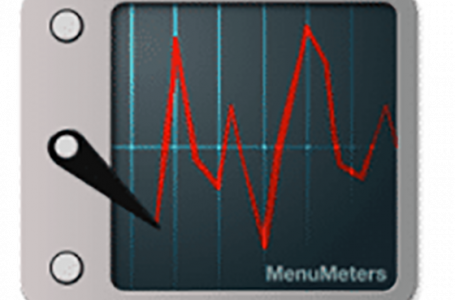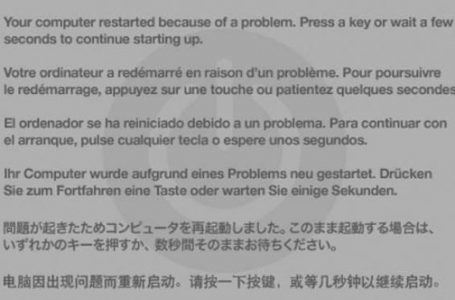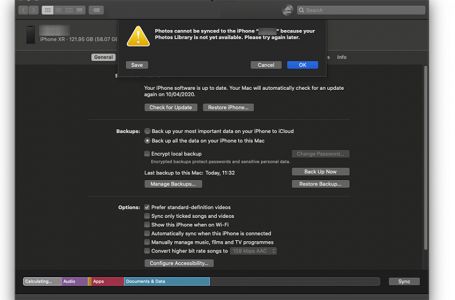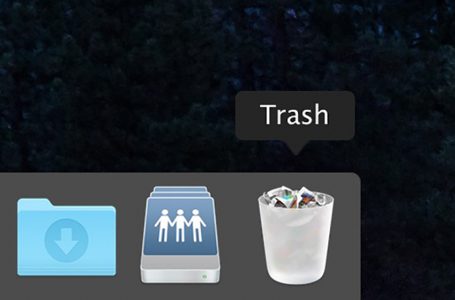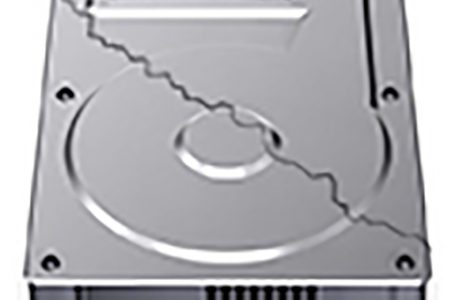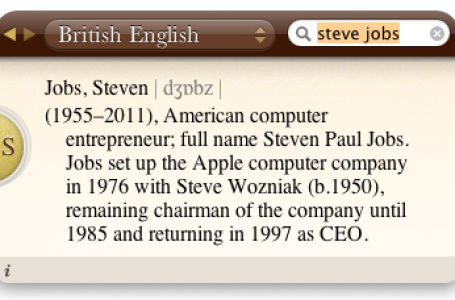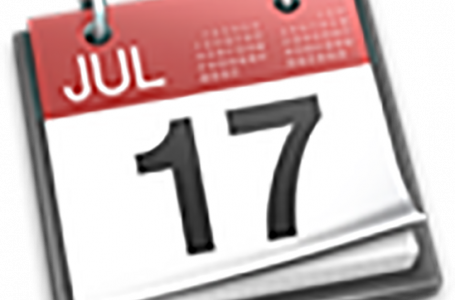Mac OS X Panther, Formatting And Partitioning Hard Drives
Recently, someone asked me how to format and partition hard drives in Mac OS X and whether it could be done without purchasing any form of third party software. Well, the answer is, “I’ll show you” and “yes, it can be done.”
Formatting System Hard Drive In Mac OS X
First, a bit of general knowledge. As of Mac OS X 10.3, Panther, mac hard drives are best formatted in Mac OS X Extended(Journaled) formatting. Previous versions of Mac OS X 10.2 and earlier only required Mac OS X Extended formatting. The reason being, Mac OS X Panther supports journaling which is switched on by default. Journaling, is a process where the operating system keeps a log of every modification made to the disk. So if your Mac crashes or the power goes out, your mac knows exactly where it was when things went awry. It will start up much faster following a system crash than it otherwise would.
Formatting and partitioning activities can be carried out using the ‘Disk Utility‘, found in your mac’s /Applications Folder/Utilities Folder/Disk Utility
By default formatting and partitioning of the hard drive your operating system is sitting on is prohibited whilst the operating system is running. To format a hard drive your operating system is sitting on, you must:
- insert your Mac OS X install DVD;
- restart your mac whilst holding the ‘C’ key to boot from CDROM;
- from the ‘Installer’ menu, select Open Disk Utility;
- in the window that opens, on the left, click the icon for the drive you would like to format or partition;
- follow the instructions in the next section to complete the formatting process.
Formatting External Hard Drives In Mac OS X
The process is similar to the above, only a restart is not necessary. Open Disk Utility and plug in your external hard drive.
In the window that opens, on the left, click the icon for the drive you would like to format or partition. Then select the type of formatting you desire(see Diagram above). At this point you can click on ‘Erase’ to begin the formatting but there is an extra option to consider before partitioning if you’re particular about the security of the data that previously occupied your hard disk.
Traditional formatting only writes to the hard drive to tell the operating system that the space on the hard drive can be over-written but doesn’t actually erase the data contained therein. That’s why various uninstall applications can most times be used to recover lost or accidentally deleted files. To ensure that files are no longer recoverable the ideal option is to write empty data throughout the hard drive storage space. Clicking on the ‘Options’ button to the left of the ‘Erase’ button opens a window where you can choose the following options:
- Zero All Data: more secure, writes zeros to all sectors of the hard drive effectively overwriting previous data;
- 8 Way Random Write Format: most secure, writes random data over all sectors eight times ensuring that nothing from the previous data remains.
Not choosing either option is the fastest method of ‘erasing’ a hard drive, offering little or no security against recovery of previous data. Time consumed to complete the format increases relative to the level of security the format method derives.
Partitioning Hard Drives In Mac OS X
As mentioned above, hard drives the operating system is sitting on cannot be partitioned without restarting the computer and booting up using your Mac OS X Install DVD.
Unlike Windows where applications like Partition Magic can be used to partition hard drives on the fly without risking damage to the data on your hard drive, this CANNOT be done in Mac OS X using Disk Utility. Partitioning a hard drive is best done before using the hard drive, particularly if the operating system is sitting on the hard drive to be partitioned. Partitions can be deleted later at the cost of losing the data on both partitions.
Open Disk Utility. In the window that opens, on the left, click the icon for the drive you would like to partition. Click the drop down menu under the ‘Volume Scheme’ title to select the number of partitions you wish to divide the hard drive into(see Diagram above).
Drag the divider bar between the partitions to re-size the partitions to your satisfaction. Clicking on the partition space selects the particular partition and checking the ‘Lock For Editing’ checkbox prevents writing on the selected partition(see Diagram above).
Click ‘Partition’ at any time to begin the partitioning process and ensure that the power supply is connected to your mac at all times during the partitioning process to avoid damage to your mac’s hard drive.







